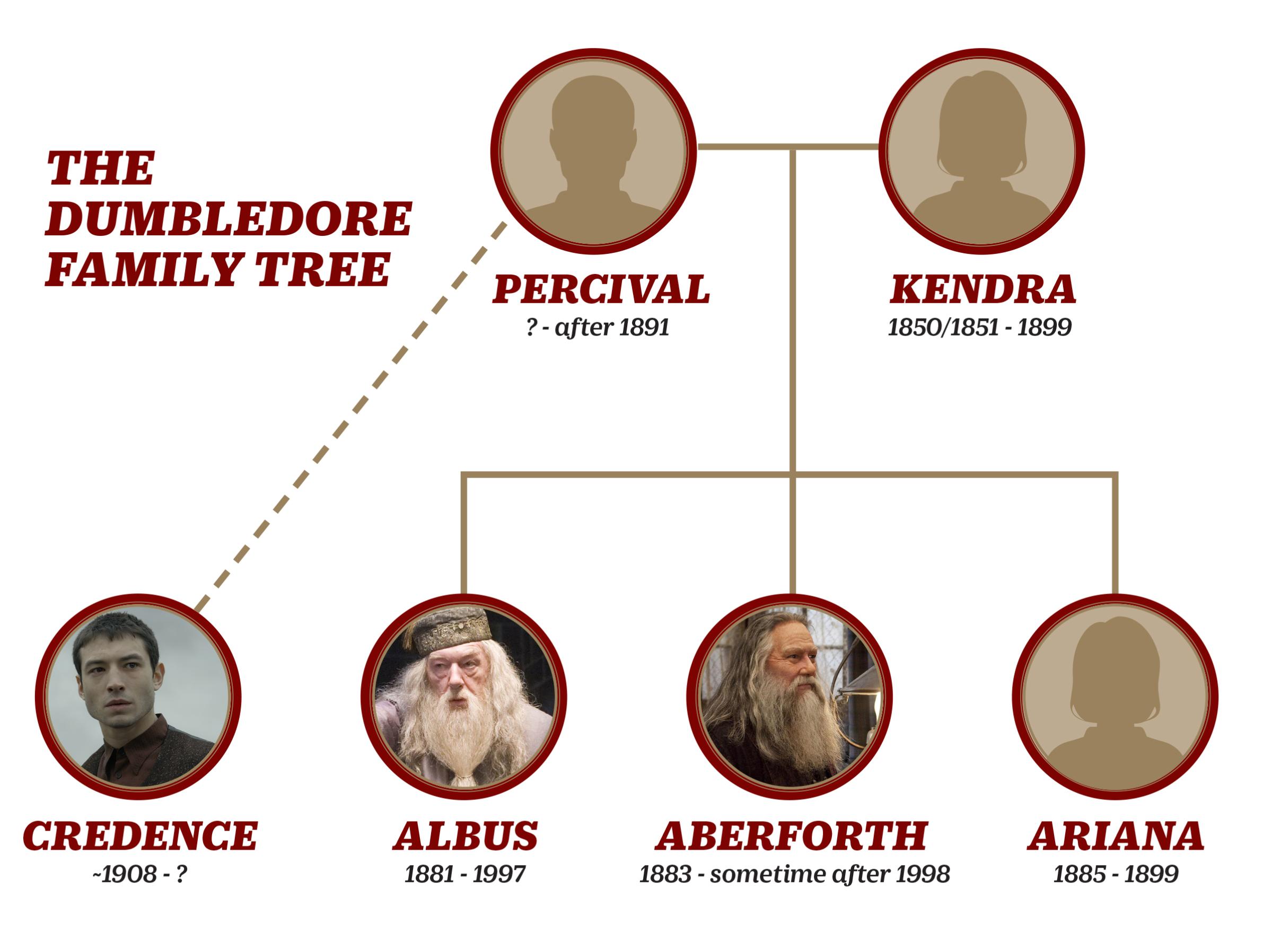Warning: This post contains major spoilers for Fantastic Beasts: The Crimes of Grindelwald.
Set just a few months after the events of Fantastic Beasts and Where to Find Them, The Crimes of Grindelwald picks up nearly right where the first installment in J.K. Rowling’s five-film series left off.
But the movie ends with a revelation that opens up an entirely new plot for the series’ main players. It also potentially changes everything we know about not only the life of one of the Potterverse’s most important characters, but wizarding history as a whole.
When The Crimes of Grindelwald begins, Newt Scamander (Eddie Redmayne) is back in the U.K. and banned from international travel following his exploits in New York City. That is, unless he agrees to join the British Ministry of Magic as an Auror alongside his brother Theseus (Callum Turner) and hunt down the (surprise!) still-alive Credence Barebone (Ezra Miller) — a concession he isn’t willing to make.
But after Albus Dumbledore (Jude Law) asks Newt to track down Credence in his stead before the escaped Gellert Grindelwald (Johnny Depp) can get ahold of him, the young magizoologist decides to find a way around the Ministry’s rules and head to Paris. “I cannot move against Grindelwald,” Dumbledore tells Newt. “It has to be you.”
More: All the Ways Fantastic Beasts: The Crimes of Grindelwald Connects to Harry Potter
Unfortunately, Credence is ultimately enticed by Grindelwald’s promises of freedom and happiness, and flees with the dark wizard to Nurmengard, the prison that Grindelwald builds to house his opponents but is later jailed in himself. Once there, Grindelwald reveals Credence’s true identity to him: He is Aurelius Dumbledore, Albus Dumbledore’s brother.
Now, here’s where things get a bit tricky. As we know from the Harry Potter series, Dumbledore had two younger siblings who were known to the public, his brother Aberforth and sister Ariana.
When Harry, Ron and Hermione meet Aberforth in “The Missing Mirror” chapter of The Deathly Hallows, he tells them that Dumbledore formed a close bond with Grindelwald while living in Godric’s Hollow after graduating from Hogwarts. However, their relationship ended badly when Aberforth confronted them about their plans to start a wizarding revolution: A three-way duel ensued and Dumbledore’s sister, Ariana, was killed by a stray curse.
Aberforth also reveals that when Ariana was six years old, she was attacked by a group of Muggle boys who saw her practicing magic and was traumatized so severely that she refused to use her powers. From then on, her magic would burst out of her in uncontrollable fits, one of which resulted in the death of their mother, Kendra. Their father, Percival, was sent to Azkaban for taking revenge on the three Muggles who assaulted Ariana. He eventually died in the wizarding prison.
Based on the way Aberforth describes what happened to Ariana, some fans have concluded that she was also an Obscurial after witnessing Credence’s powers in the first Fantastic Beasts.
“It destroyed her, what they did: She was never right again,” Aberforth says of his sister. “She wouldn’t use magic, but she couldn’t get rid of it; it turned inward and drove her mad, it exploded out of her when she couldn’t control it, and at times she was strange and dangerous. But mostly she was sweet and scared and harmless.”
But is it really possible that Dumbledore had a long-lost brother that no one — even Rita Skeeter — ever mentioned throughout the course of Harry Potter? Let’s check the math of Dumbledore’s family tree.

Dumbledore was born in 1881, meaning he is about 46 years old when the events of Crimes of Grindelwald take place. When we meet Credence in Fantastic Beasts and Where to Find Them, he is still living with his foster mother but nearing adulthood. If Credence is, as it seems, around 18, that makes his birth year 1908 (give or take a year).
However, based on what we learned in The Deathly Hallows, both of Dumbledore’s parents were dead several years before then. Unless there are some yet-to-be-revealed extenuating circumstances, it seems Rowling may be setting up yet another red herring. The Harry Potter author is famous for leading fans to believe someone is one thing when really they are something else entirely — remember the introduction of Sirius Black in Prisoner of Azkaban.
But Rowling has also been known to massage the math of the Potterverse. While she originally said in an interview that Dumbledore was around 150 years old at the time of his death, Pottermore lists Dumbledore’s birth year as 1881 and his death date as June 30, 1997, meaning he was actually around 115 years old when he died.
Of course, there’s also always the chance that Grindelwald is lying to Credence in an attempt to turn him against Dumbledore — despite the fact that a phoenix, the creature that is said to appear to Dumbledores in times of need, seems to appear to Credence at the end of the film.
But we’ll all just have to wait for the next movie to find out.
More Must-Reads from TIME
- Your Vote Is Safe
- The Best Inventions of 2024
- How the Electoral College Actually Works
- Robert Zemeckis Just Wants to Move You
- Column: Fear and Hoping in Ohio
- How to Break 8 Toxic Communication Habits
- Why Vinegar Is So Good for You
- Meet TIME's Newest Class of Next Generation Leaders
Write to Megan McCluskey at megan.mccluskey@time.com